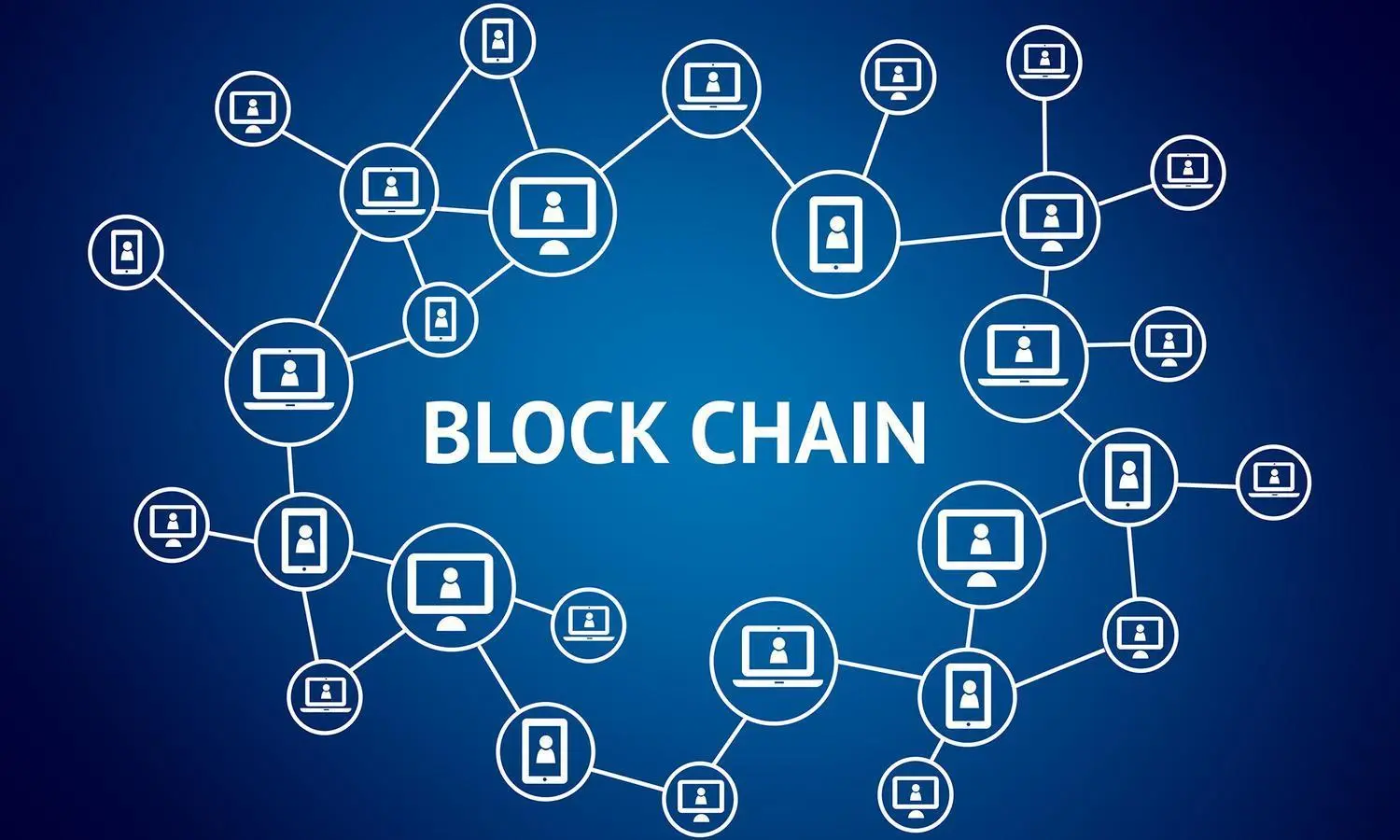If you haven’t already hear
d of blockchain technology, it’s likely that it’ll come up sooner or later. One of the main reasons it’s being talked about more recently is because of cryptocurrencies. Like many new terms, especially in technology, it can be challenging to understand exactly what they mean without a lesson in coding, engineering and economics.
There’s no need for this new phenomenon to remain a mystery, though. Read on to discover what blockchain technology is and why it might be useful. Plus, you’ll learn about its current uses and the future potential for this system.
Table of Contents
Blockchain Explained
A blockchain is a database. Of course, databases already exist. However, the use of blockchain technology defines how a database is formed and structured. A standard database is made of tables and cells containing information.
A blockchain is formed of blocks of information. When a block is full, it’s closed, and a second block is started. However, the second block is linked to all the information in the previous block. The process continues, and all those blocks are connected in a chain.
The noticeable difference in this structure is that the chain creates an irreversible timeline as each piece of information is added. A timestamp is added alongside any data entry, which results in a digital ledger for all database entries. Another important distinction is that the ledger doesn’t exist in one location, which means manipulating entries without a trace is virtually impossible.
As blockchain is used for cryptocurrencies, there’s often some confusion that it’s purely a financial tool. However, as you’ll discover below, there are multiple uses for blockchain technology.
Advantages to Blockchain Technology
The main advantage of blockchain technology is that data can be recorded and shared but not edited. In this way, anything written on a digital ledger is accurate, trustworthy and can’t be manipulated to serve a different purpose.
Any process that uses blockchain, whether that’s financial transactions or a smart contract, can be considered secure. Apart from the recorded chain of events, one of the critical advantages of blockchain is that there isn’t a single point of access. While a server room that holds a database is vulnerable, the data on the blockchain is decentralised and stored in multiple locations. It can’t be destroyed with one act. If one part of the blockchain is altered, the other parts, which haven’t been altered, indicate the anomaly.
Uses for Blockchain
Thanks to its decentralised approach and data that can’t be destroyed, blockchain has several uses, and there’s potential for many more. Here are some of the most common and what the future could look like.
Currency
Blockchain has already been harnessed to facilitate cryptocurrency transactions. Every single one of the top cryptocurrencies, including Bitcoin, uses the technology. It means that every transaction is written on a ledger using a peer-to-peer network that records and verifies. A third party, such as a bank, isn’t required, as the ledger acts as the record and the store, so no physical vault is required.
Casinos
Blockchain technology also plays a role in how online casinos operate. At the simplest level, that could be facilitating cryptocurrency payments to play live casino games. However, what’s becoming more common are blockchain casinos that use the technology to provide a transparent and decentralised platform with smart contracts.
Web 3
The future of blockchain could be Web 3, which is the next iteration of the web, or a decentralised internet. This version will step away from entities and platforms that hold a user’s data and information to grant them access and instead will introduce more transparency through digital ledgers. It’ll remove the single point of failure issue if one service is compromised or its servers go down.










